Seaweed is a green material that can absorb CO2 from the atmosphere and neutralize ocean acid, and is expected to become a solution to help clean up the planet.
Cheap and green solution
According to research by ecologists, seaweed can be considered a mobile CO2 reservoir, helping to reduce climate change. In addition, seaweed, along with plankton, also becomes the basic link of the ocean food chain.
Seaweed grows 30-60 times faster than land plants, so it can absorb a lot of CO2 and help limit the emission of other greenhouse gases, said Indian scientist Dinabandhu Sahoo from Delhi University. Seaweed farms can also reverse ocean acidification.
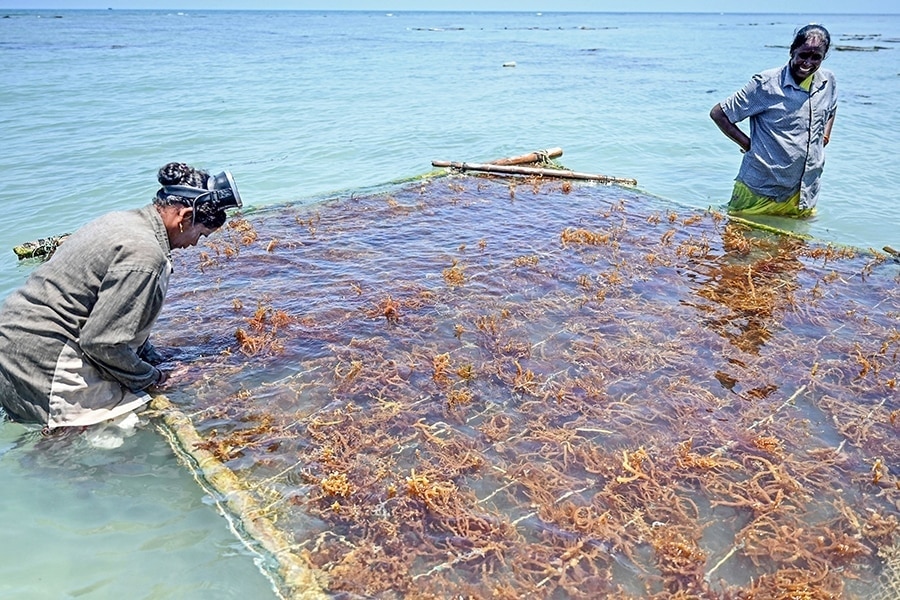
Seaweed farming rafts in Tamil Nadu (Photo: UCA News)
According to marine scientist M. Ganesan, seaweed offers a viable solution as coastal and wetland habitats absorb five times more CO2 than terrestrial forests. “It is a miracle crop in many ways, environmentally friendly, using no land and no fresh water. It absorbs CO2 dissolved in water during photosynthesis and provides oxygen to the entire marine ecosystem,” said Mr. Ganesan.
Indian scientists have been proposing seaweed farming as a form of sustainable agriculture for decades. Much of India’s coastline has ideal natural conditions for growing the plant, thanks to its tropical climate, shallow waters and abundant supply of nutrients.
In coastal areas like Pamban Island and the Gulf of Mannar, which are home to some of the richest biodiversity in India, seaweed harvesting is an age-old practice among local people.
Gujarat and Tamil Nadu have the highest seaweed biodiversity in India, with some 282 of the country’s 841 seaweed species thriving along its coastline. It is in these villages that farmers are shifting to seaweed farming for export, making it the fastest growing food-producing region globally, growing at an average rate of 8% per year. In the tropical waters of Tamil Nadu, a single raft can grow 200 kg of seaweed in about 45 days.
As seaweed becomes an effective tool for climate stabilization, the industry will need to expand on a massive scale. India is focusing on developing its seaweed farming industry with strong technological innovation. Amid growing interest in seaweed farming, India has outlined plans to modernize and scale up its production: promoting farming along its 8,000km coastline and gradually increasing production from the current 30,000 tonnes to over a million tonnes per year by 2025. The government plans to invest around $86.8 million to increase seaweed production.
Reduce plastic waste pollution
Seaweed is also a potential green resource in the energy and environmental sectors. Seaweed can be processed into biofuel. Research has shown that adding seaweed to livestock feed can reduce methane emissions from cattle and other grazing animals, which are a source of global greenhouse gases, by up to 70%. Seaweed can also be used as a soil amendment for agriculture, replacing petroleum-based fertilizers.
In addition, the long molecular chains in seaweed are ideal for producing plastic alternatives, and several bioplastics are already on the market. By using seaweed to make bioplastics, the production of agricultural products for food will not be affected, so there will be no increase in food prices or food crises.
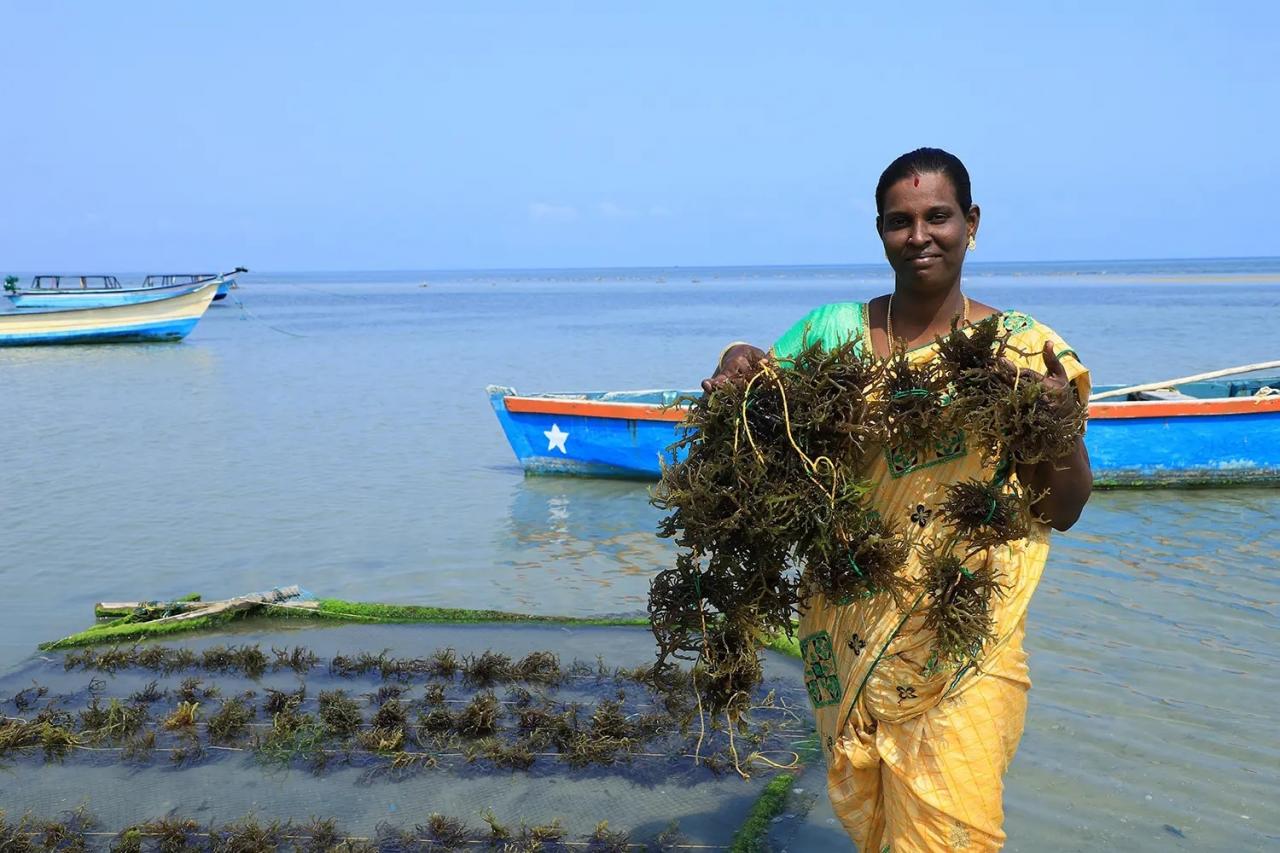
Goa women cultivate seaweed to earn a living and protect the environment (Photo: UCA News)
In Goa, India’s smallest state on the west coast of the subcontinent, the beaches and bays are largely used for fishing and tourism. However, there are now areas where seaweed can be grown to supply the bioplastics industry. Goa has a lot of potential for seaweed cultivation, with over 145 species recorded.
Since November 2021, marine conservationist Gabriella D'Cruz has set up Goa's first pilot project for seaweed farming. The farm is a simple design of three bamboo rafts attached to a sand bed with eight anchors. "Fishing communities are encouraged to participate in seaweed farming and processing, so they can get a higher share of the supply chain while protecting the environment," she says.
Khoi Nguyen



![[Photo] Prime Minister Pham Minh Chinh receives Ambassador of the French Republic to Vietnam Olivier Brochet](https://vphoto.vietnam.vn/thumb/1200x675/vietnam/resource/IMAGE/2025/5/13/f5441496fa4a456abf47c8c747d2fe92)
![[Photo] Prime Minister Pham Minh Chinh meets with US business representatives](https://vphoto.vietnam.vn/thumb/1200x675/vietnam/resource/IMAGE/2025/5/13/5bf2bff8977041adab2baf9944e547b5)

![[Photo] President Luong Cuong attends the inauguration of the international container port in Hai Phong](https://vphoto.vietnam.vn/thumb/1200x675/vietnam/resource/IMAGE/2025/5/13/9544c01a03e241fdadb6f9708e1c0b65)

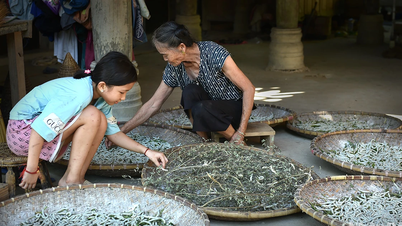
![[Video] "A corner of Dalat in the heart of Hanoi"](https://vphoto.vietnam.vn/thumb/402x226/vietnam/resource/IMAGE/2025/5/13/1054f503cd7445d7a031b381373aaed4)

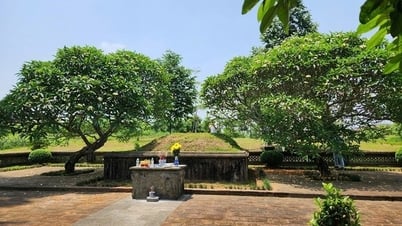










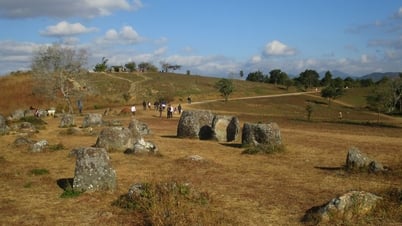








































































Comment (0)